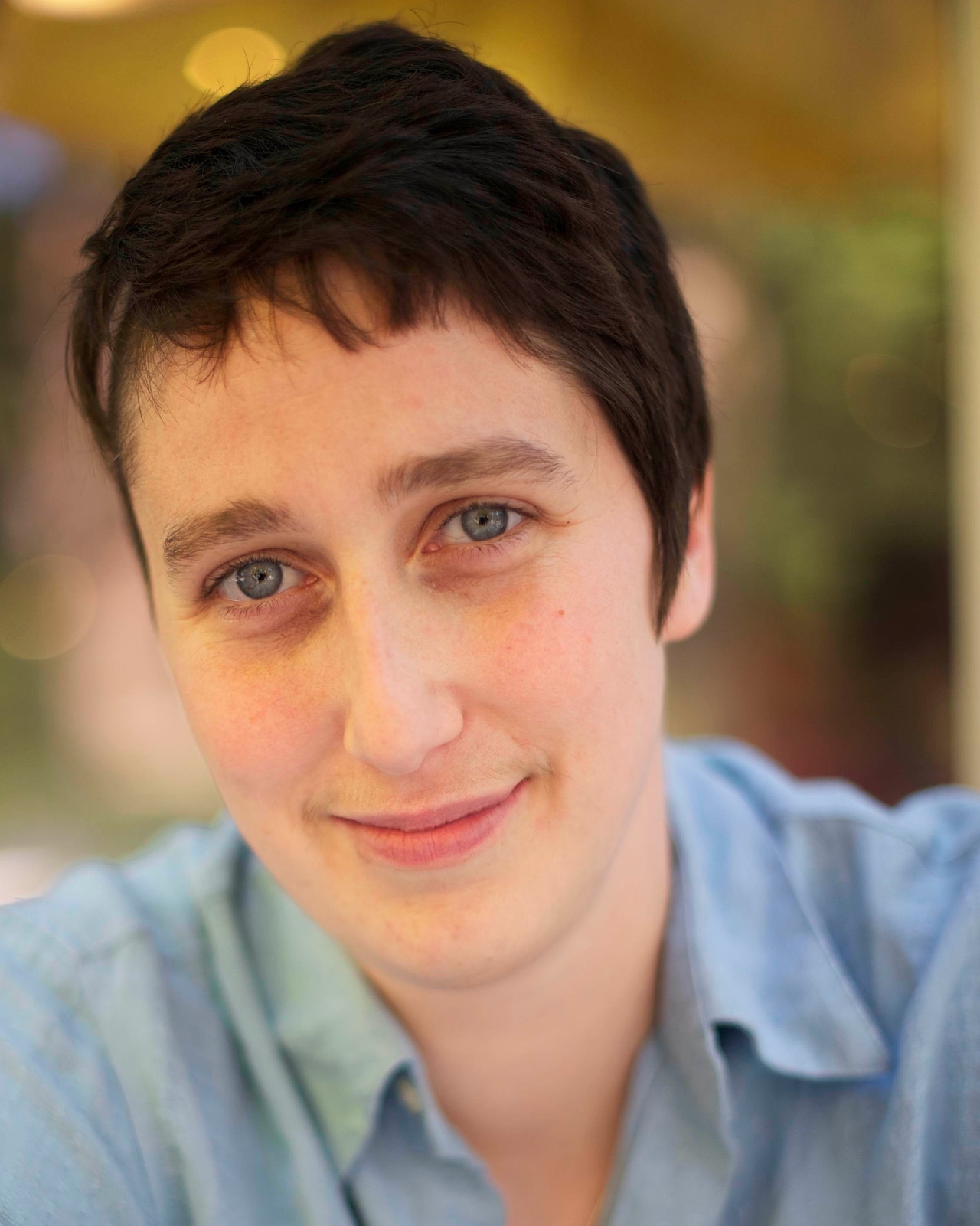The 2022 Winter Paralympics will shine a brief spotlight on Canada’s elite athletes in China over the next 10 days. But much more is needed at the community level to get athletes involved in parasport before they can even dream of competing at an elite level, according to former Paralympian Danielle Peers.
While changes are needed at the Paralympic level, such as how to diversify decision-making boards to include disability representatives, Peers said the more important conversation is how to eliminate barriers that prevent athletes from getting involved in parasport at all.
“My focus has been far more on how we start with problems lower down in the pyramid to ensure people have opportunities to participate,” said Peers, an associate professor in the Faculty of Kinesiology, Sport, and Recreation, who won a bronze medal in wheelchair basketball at the 2004 Paralympic Games in Athens.
“Any folks who want to cross over to that elite level can certainly do so, but we can’t allow their regulations and structures to determine who participates at a grassroots level.”

Some of these foundational changes would cost nothing and take hardly any time. In a 2020 study, Peers examined a wide variety of athletics websites and found the vast majority lacking when it came to providing information about available programming for parasport and disabled athletes. Peers noted simply having clear, easy-to-find information would reduce the barrier to participation.
Other small changes, such as making websites accessible for someone with a visual impairment, can also make a tremendous difference.
Another important factor, according to Peers, is making sure the messaging remains about sport. While many organizations have abundant information and representation of their athletic programming, for parasport, if there’s any information at all, it’s often “some ‘inspiration’ story or story of pity.”
“Why are we talking differently about these athletes than we talk about other athletes involved in the program?”
